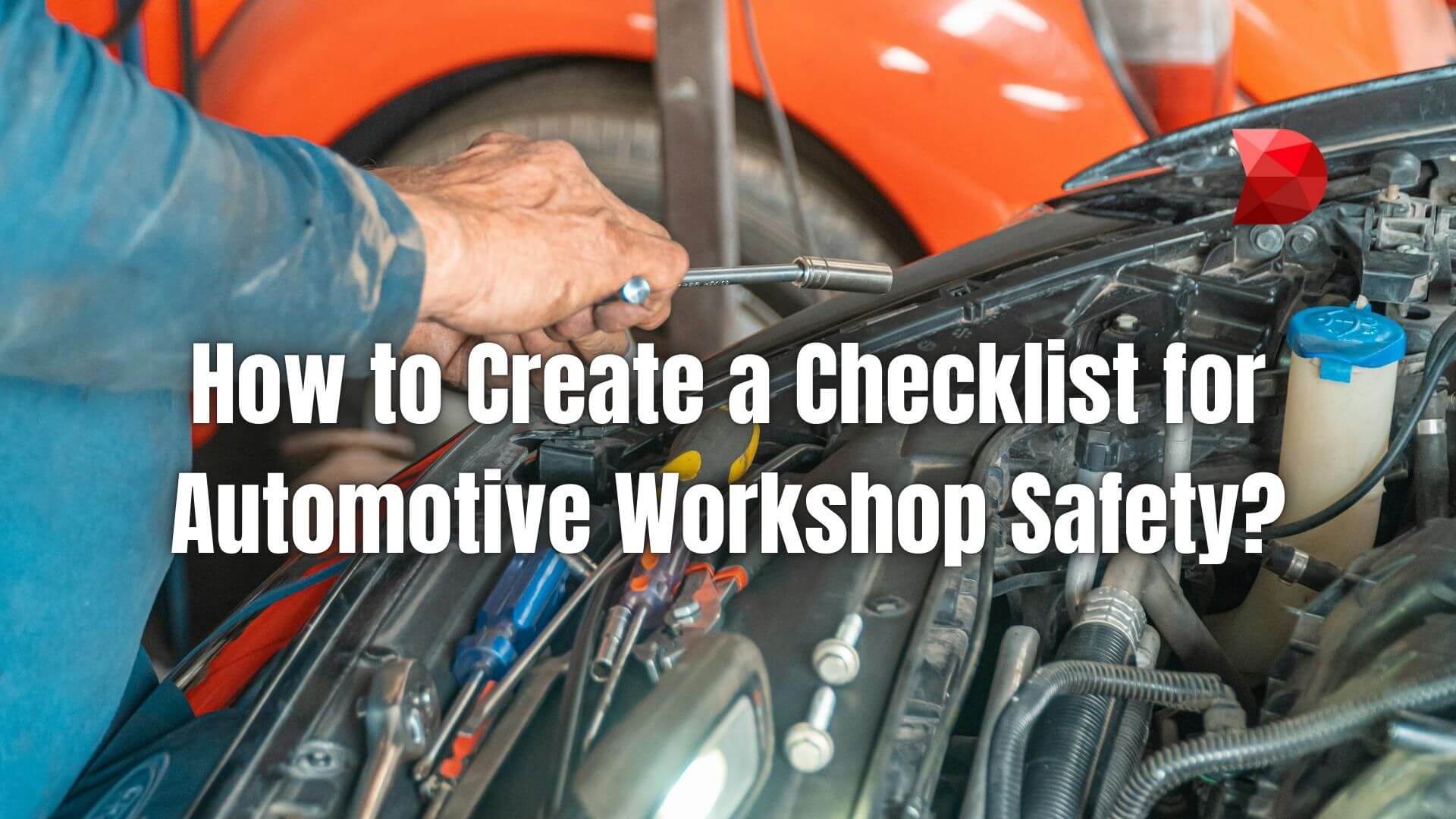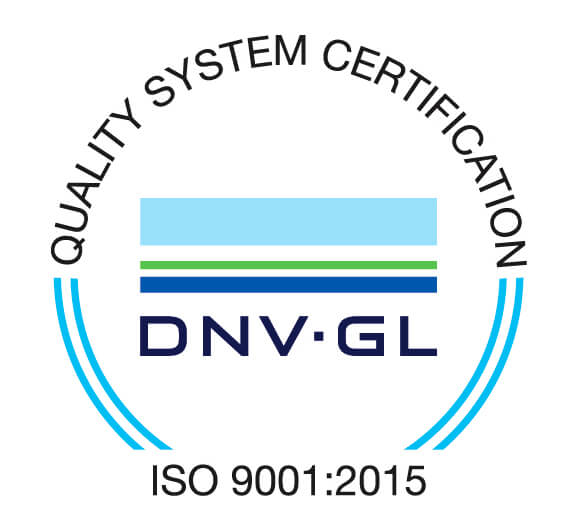Automotive workshops are bustling environments teeming with potential hazards. To ensure the well-being of employees and the overall efficiency of operations, a robust safety framework is essential.
This article provides a practical guide to creating a comprehensive facility condition assessment checklist. By following these steps, you can systematically identify and mitigate risks, fostering a safer workplace culture.
Table of Contents
ToggleWhat is Automotive Workshop Safety?
Automotive workshop safety is crucial for protecting the health and well-being of employees, customers, and the overall success of a business. Auto shops are inherently risky environments due to the presence of heavy machinery, hazardous chemicals, and potential fire hazards.
Neglecting safety can lead to severe injuries, costly lawsuits, and even business closure. To prevent accidents and create a safe workplace, shop owners must prioritize safety measures, invest in proper equipment, and provide thorough employee training.
What is an Automotive Workshop Safety Checklist?
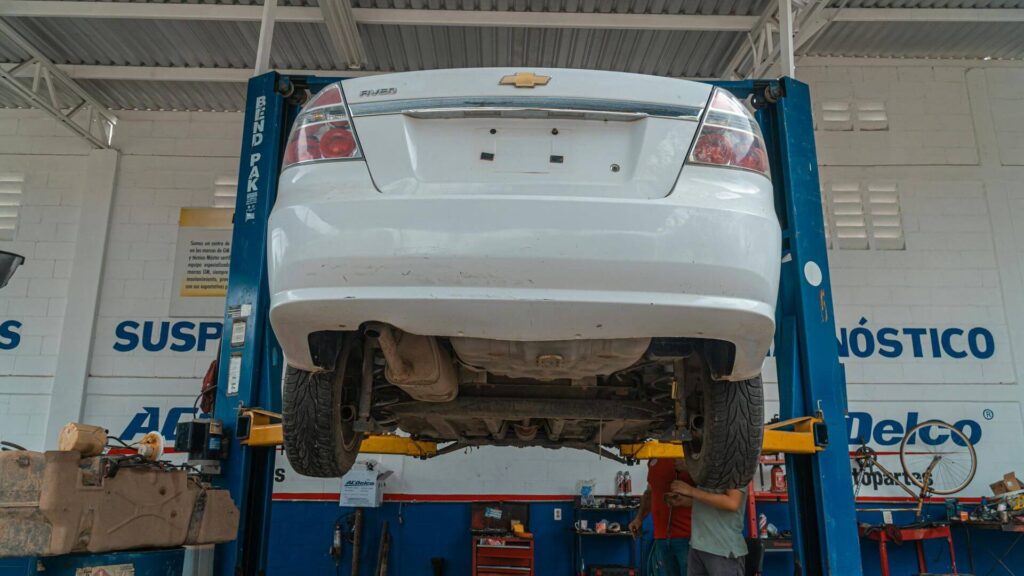
An automotive workshop safety checklist is a structured document that outlines essential safety checks for auto shops. It acts as a guide for safety officers to systematically inspect the workplace, ensuring no safety concerns are overlooked. By following the checklist, shops can identify potential hazards, prevent accidents, and maintain compliance with safety regulations.
These checklists typically cover various areas, including equipment maintenance, chemical handling, fire safety, and emergency procedures. They can be used on a daily, weekly, or monthly basis, depending on the specific requirements of the workshop.
Workshop Injuries and How to Prevent Them
Automotive workshops are inherently dangerous due to the presence of heavy machinery, sharp tools, hazardous chemicals, and flammable substances. These factors, combined with the fast-paced nature of the work, can lead to a high risk of injuries for both employees and customers:
Musculoskeletal Injuries
Repetitive motions, awkward postures, and the constant handling of heavy components can contribute to musculoskeletal disorders (MSDs) such as carpal tunnel syndrome, back pain, and shoulder injuries.
To mitigate these risks, it is essential to implement ergonomic workstations, provide regular training on proper lifting techniques, and encourage employees to take short breaks to rest and stretch. Additionally, providing adjustable tools and equipment can help reduce strain on the body.
Slips and Trips
Spills from oil, grease, coolant, and other fluids, combined with clutter on the workshop floor, create a significant slip and trip hazard. Implementing slip-resistant flooring, regular cleaning and spill cleanup procedures, and proper storage of tools and equipment can significantly reduce the risk of falls. Good housekeeping practices, including regular floor inspections, are vital to maintaining a safe working environment.
Eye and Face Injuries
Welding, grinding, and other tasks that generate sparks, debris, or chemical fumes can cause severe eye and face injuries. It is crucial to provide and enforce the use of safety goggles, face shields, and protective eyewear.
Regular equipment inspections and maintenance are essential to ensure their effectiveness. Additionally, workers should be trained on the proper use and care of protective equipment.
Amputations
Power tools, cutting equipment, and heavy machinery pose a significant risk of amputation. Implementing machine guarding, regular equipment inspections, and proper training on safe operating procedures are essential to prevent accidents. Ensuring that employees wear appropriate personal protective equipment, such as cut-resistant gloves and arm guards, can also help reduce the risk of injury.
Chemical Injuries
Exposure to hazardous chemicals can cause skin irritation, respiratory problems, and other health issues. Proper chemical handling, storage, and ventilation are crucial to protect employees.
It is essential to provide employees with clear and concise information about chemical hazards through safety data sheets (SDS) and training. It is also vital to ensure that employees wear appropriate personal protective equipment, such as gloves, aprons, and respiratory protection when necessary.
To maintain a safe environment, chemical storage areas, and emergency equipment should be regularly inspected. Proper labeling in accordance with OSHA and its Hazard Communication Standard Labels is also essential.
Benefits of Using a Digital Automotive Workshop Safety Checklist
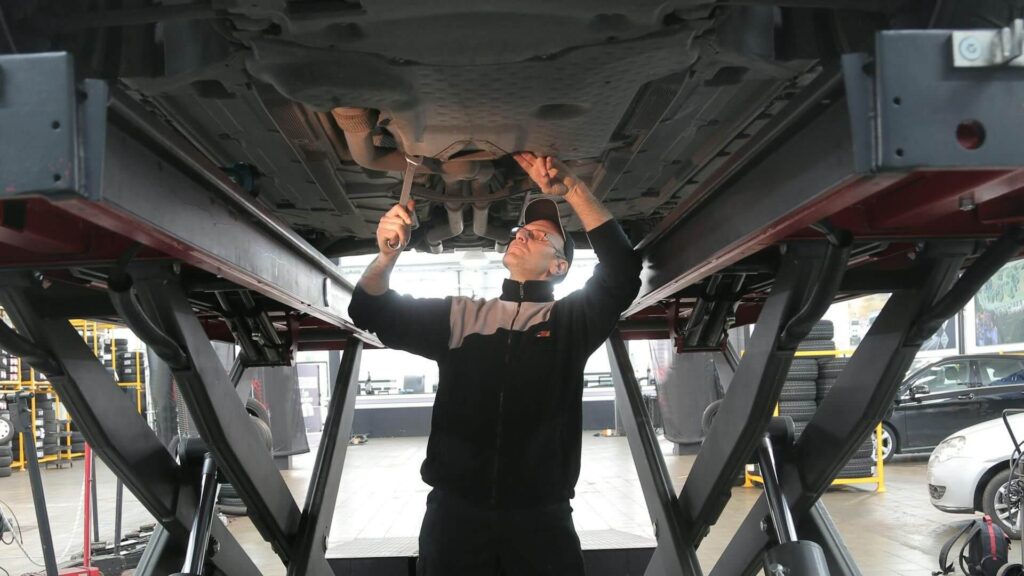
Transitioning from paper-based to digital safety checklists can significantly enhance your workshop’s safety practices. By adopting a digital system, you can streamline processes, improve efficiency, and boost overall safety.
Reduce Clutter and Enhance Data Security
Paper checklists can quickly accumulate, taking up valuable workspace and creating a cluttered environment. Digital checklists eliminate this issue by providing a centralized, electronic platform. Additionally, sensitive safety data is better protected from loss, damage, or unauthorized access when stored digitally.
Improve Efficiency and Communication
Updating paper-based checklists and distributing them to the team can be time-consuming and costly. A digital system allows for real-time updates, ensuring everyone has access to the latest safety information. This streamlined approach promotes consistent practices and reduces the risk of errors caused by outdated documents.
Streamline Data Management and Reporting
Manually organizing and analyzing paper-based inspection data can be laborious. Digital checklists automate data collection, storage, and analysis, saving time and resources. The data can be easily accessed and transformed into valuable reports for identifying trends, measuring performance, and demonstrating compliance.
Enhance Accountability and Timeliness
Digital checklists often include features like automated reminders and notifications, ensuring that inspections are completed on time. This helps maintain compliance with safety regulations and reduces the risk of overlooked hazards. Additionally, digital records provide clear evidence of inspection completion, enhancing accountability among the team.
Save Time and Money
Digital checklists can lead to significant cost savings by eliminating the need for paper, printing, and distribution. The time saved on manual data entry and analysis can be redirected towards other important tasks. Ultimately, a digital system can contribute to a more efficient and productive workshop.
What to Include in an Automotive Workshop Inspections Checklist?
A comprehensive automotive workshop inspection checklist is vital for maintaining a safe and efficient work environment. By systematically assessing various aspects of the facility, potential hazards can be identified and addressed promptly. This checklist should be tailored to the specific operations of your workshop but should generally include the following components.
General Workshop Conditions
- Cleanliness and Organization: Evaluate the overall cleanliness of the workshop, including floors, workbenches, and equipment. Ensure tools, equipment, and materials are properly stored and organized to prevent accidents and improve efficiency.
- Lighting and Ventilation: Check the adequacy of lighting in all work areas to prevent eye strain and accidents. Verify that the workshop is well-ventilated to remove harmful fumes and gasses, maintaining a healthy working environment for employees.
- Emergency Exits and Signage: Ensure all emergency exits are clearly marked, unobstructed, and easily accessible. Verify the presence and functionality of emergency lighting and signage.
Electrical Safety
- Wiring and Outlets: Inspect electrical wiring, outlets, and switches for damage or wear. Ensure proper grounding of all electrical equipment.
- Extension Cords: Check the condition of extension cords for damage and ensure they are used safely. Avoid overloading electrical circuits.
Fire Safety
- Fire Extinguishers: Verify the availability, location, and condition of fire extinguishers. Ensure employees are trained in their proper use.
- Fire Alarms and Smoke Detectors: Test the functionality of fire alarms and smoke detectors regularly. Develop and practice emergency evacuation plans.
- Flammable Materials: Assess the storage and handling of flammable liquids and gasses. Ensure proper ventilation and the use of appropriate safety containers.
Hazardous Materials
- Chemical Storage: Inspect the storage area for chemicals, ensuring proper labeling, containment, and ventilation.
- PPE Availability: Verify the availability of personal protective equipment (PPE) such as gloves, masks, and eye protection. Ensure employees are trained in proper PPE use.
Machinery and Equipment
- Regular Maintenance: Verify that all machinery and equipment undergo regular maintenance and inspections.
- Safety Guards: Ensure safety guards are in place and functioning properly on all machinery.
- Emergency Stops: Test the functionality of emergency stop buttons on all equipment.
Ergonomics
- Workstation Setup: Evaluate workstations for ergonomic factors such as chair height, desk height, and monitor positioning.
- Tool Usage: Assess the proper use of tools to minimize strain and fatigue.
By diligently completing this checklist, automotive workshops can significantly improve safety, efficiency, and overall workplace conditions.
How to Create an Automotive Workshop Inspection Checklist
Developing a thorough inspection checklist is crucial for maintaining a safe and efficient automotive workshop. This process involves careful planning and consideration of potential hazards. By following these steps, you can create a checklist tailored to your specific workshop needs.
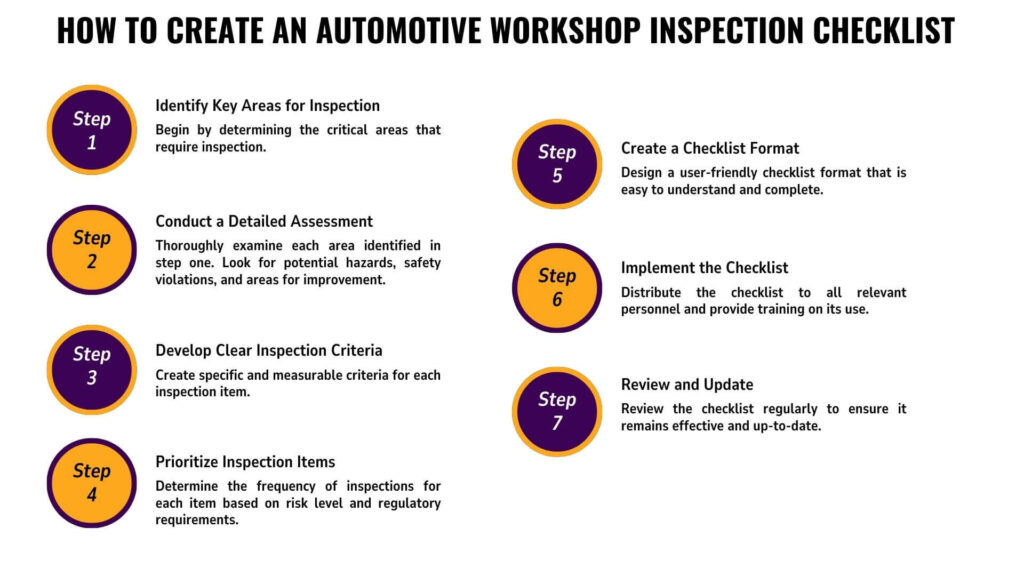
Step 1: Identify Key Areas for Inspection
Begin by determining the critical areas that require inspection. These typically include general workshop conditions, electrical safety, fire safety, hazardous materials, machinery and equipment, and ergonomics. Consider the specific hazards present in your workshop and prioritize areas accordingly.
Step 2: Conduct a Detailed Assessment
Thoroughly examine each area identified in step one. Look for potential hazards, safety violations, and areas for improvement. Take photos or videos to document findings. Involve employees in this process as they often have valuable insights into workplace conditions.
Step 3: Develop Clear Inspection Criteria
Create specific and measurable criteria for each inspection item. For example, instead of simply stating “check fire extinguishers,” specify “verify fire extinguisher pressure, check for damage, and confirm proper placement.” Clearly define acceptable and unacceptable conditions.
Step 4: Prioritize Inspection Items
Determine the frequency of inspections for each item based on risk level and regulatory requirements. High-risk areas may require daily or weekly inspections, while others can be inspected monthly or quarterly.
Step 5: Create a Checklist Format
Design a user-friendly checklist format that is easy to understand and complete. Consider using a digital platform or a paper-based form. Include sections for date, inspector name, findings, and corrective actions.
Step 6: Implement the Checklist
Distribute the checklist to all relevant personnel and provide training on its use. Schedule regular inspections and assign responsibilities. Ensure employees understand the importance of completing inspections accurately and promptly.
Step 7: Review and Update
Review the checklist regularly to ensure it remains effective and up-to-date. Based on identified hazards, regulatory updates, and employee feedback, make necessary changes.
Frequently Asked Questions (FAQs)
Q1: How often should a comprehensive workshop safety audit be conducted?
While there’s no one-size-fits-all answer, it’s generally recommended to conduct a comprehensive safety audit at least annually. However, high-risk areas or those with frequent changes should be inspected more often. Additionally, regular, less formal safety inspections should be part of daily operations.
Q2: What is the most effective way to manage hazardous chemicals in an automotive workshop?
Proper storage, handling, and disposal are crucial. This involves using clearly labeled, sealed containers, providing adequate ventilation, and ensuring employees are trained in chemical safety protocols. Regular inspections of chemical storage areas are also essential.
Q3: How can I ensure that employees consistently follow safety protocols?
Effective safety training, regular reinforcement, and clear communication are key. Consider implementing a safety incentive program to encourage compliance. Regular safety meetings and toolbox talks can also help reinforce safe work practices.
Q4: What are some common safety oversights in automotive workshops?
Some common oversights include inadequate ventilation, improper storage of hazardous materials, lack of regular equipment maintenance, insufficient employee training, and inconsistent enforcement of safety rules.
Q5: How can I create a culture of safety within my workshop?
A strong safety culture is built on leadership commitment, employee involvement, and open communication. Set clear safety expectations, provide necessary resources, and recognize and reward safe behaviors. Encourage employees to report hazards and near-miss incidents without fear of reprisal.
Q6: What is the role of technology in enhancing workshop safety?
Technology can significantly improve safety. Digital inspection checklists, real-time monitoring systems, and wearable safety devices can help identify hazards, track safety performance, and provide early warnings of potential incidents.
Conclusion
Creating a robust automotive workshop safety checklist is essential for protecting employees, customers, and the overall success of your business. By identifying potential hazards, implementing preventive measures, and establishing a culture of safety, you can significantly reduce the risk of accidents and injuries.
This article has outlined the key components of a comprehensive safety checklist, including general workshop conditions, electrical safety, fire safety, hazardous materials, machinery and equipment, and ergonomics.
This guide aims to empower workshop owners and managers to create a safer working environment. By following the steps outlined and tailoring the checklist to your specific needs, you can take significant strides toward preventing accidents and protecting your workforce.
Remember, a safety checklist is a living document that should be regularly reviewed and updated. Continuously assess your workshop’s safety performance, seek employee input, and stay informed about industry best practices.
By prioritizing safety, you’re not only protecting your employees but also enhancing your business’s reputation and overall success. Start building a safer workshop today by creating your own comprehensive safety checklist.
Streamline Automotive Workshop Safety with DATAMYTE
DATAMYTE is a quality management platform with low-code capabilities. Our Digital Clipboard, in particular, is a low-code workflow automation software that features a workflow, checklist, and smart form builder. This tool lets you create and implement a comprehensive automotive workshop safety checklist, ensuring that all safety protocols are consistently followed and documented.
DATAMYTE also lets you conduct layered process audits (LPA), a high-frequency evaluation of critical process steps, focusing on areas with the highest failure risk or non-compliance. Conducting LPA with DATAMYTE lets you effectively identify and correct potential defects before they become major quality issues.
With DATAMYTE, you have an all-in-one solution for enhancing the efficiency and effectiveness of your automotive workshop safety processes, from checklist creation to real-time monitoring and corrective actions. Book a demo now to learn more.

